





 |
 |
 |
 |
 |
 |
| Christopher Wheeler | profile | all galleries >> Cartoon(ist) Gallery >> Andre Francois | tree view | thumbnails | slideshow |
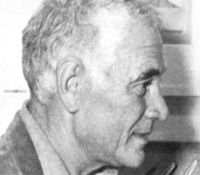 Andre Francois |
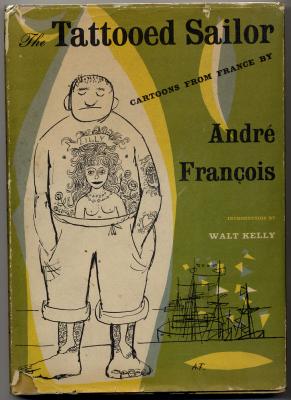
:: The Tattooed Sailor (1953) (signed) :: |
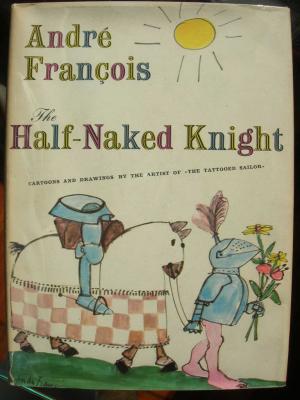 The Half-Naked Knight (1958) |
 The Biting Eye (1960) |
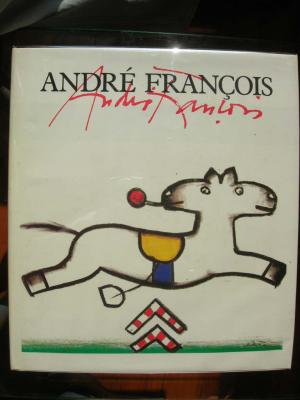 Andre Francois -- Andre Francois (1986) |
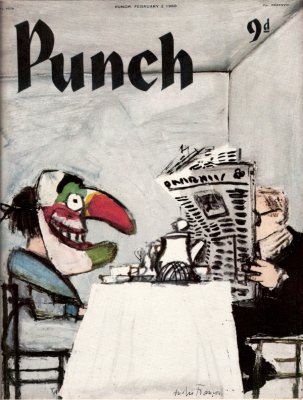 A Punch cover (3 Feb 1960) |
| comment | share |
| Guest | 10-Mar-2008 23:04 | |
| Andrea | 03-Dec-2007 02:47 | |
| Sasha Mark | 07-Mar-2006 20:08 | |
| Sasha Mark | 07-Mar-2006 20:06 | |
| Christopher Wheeler | 27-Nov-2005 14:56 | |
| Nancy Peil | 27-Nov-2005 06:47 | |
| Christopher Wheeler | 11-Aug-2005 14:51 | |
| Birgitte Bak | 11-Aug-2005 06:13 | |